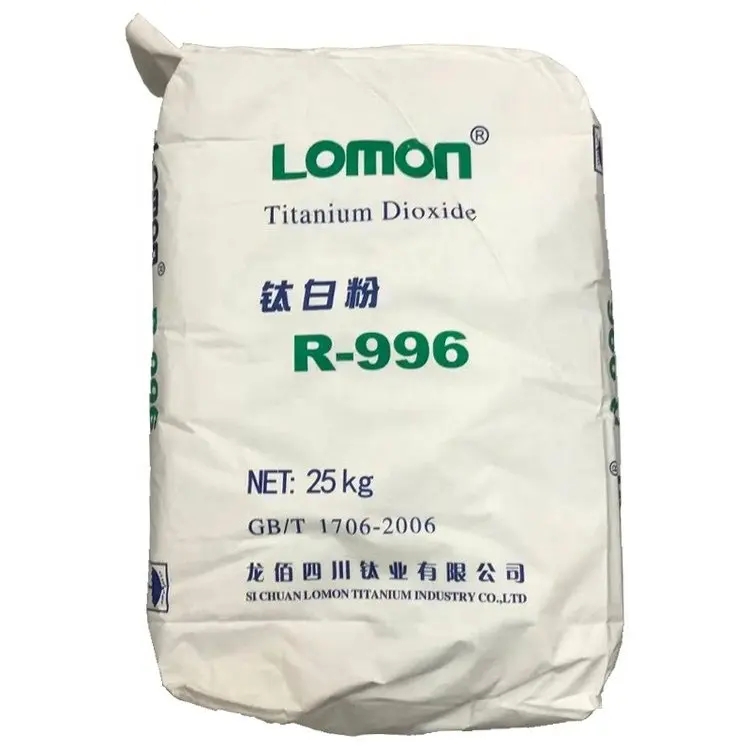
Aug . 20, 2024 15:25 Back to list
TiO2 Nanoparticles for Enhanced Water Purification and Treatment Efficiency in Environmental Applications
The Role of TiO2 in Water Treatment An Innovative Approach
Water pollution has become one of the most pressing environmental issues of our time, affecting ecosystems, human health, and the availability of clean drinking water. As industrial activities and agricultural run-off continue to contaminate water sources, innovative solutions for water treatment are urgently needed. Titanium dioxide (TiO2), a widely researched photocatalyst, has emerged as a promising material for water purification due to its unique properties.
TiO2 is a semiconductor that can effectively harness ultraviolet (UV) light to trigger photocatalytic reactions. When exposed to UV light, TiO2 generates electron-hole pairs that can initiate chemical reactions, breaking down organic contaminants into harmless byproducts. This photocatalytic activity is particularly advantageous for degrading a range of pollutants, including dyes, pesticides, and pharmaceuticals, which are commonly found in wastewater.
The Role of TiO2 in Water Treatment An Innovative Approach
The effectiveness of TiO2 as a photocatalyst can be enhanced through various modifications. For instance, doping TiO2 with metals or coupling it with other semiconductors can extend its active spectrum beyond UV light to visible light, which constitutes a more significant portion of the solar spectrum. This innovation allows for the utilization of natural sunlight, making the process more sustainable and cost-effective.
tio2 water treatment

In laboratory settings, TiO2 has demonstrated its capability to degrade over 90% of organic contaminants within a short period. The process generally involves mixing contaminated water with TiO2 particles, followed by exposure to UV light. The efficiency of this process depends on several factors, including TiO2 particle size, concentration, and the initial concentration of the contaminants. These research findings suggest that TiO2 holds great promise for large-scale applications in real-world scenarios.
Several pilot projects and commercial applications have already implemented TiO2-based water treatment systems. For instance, photocatalytic reactors employing TiO2 are being used in industrial settings to treat wastewater, significantly reducing pollutants before they are discharged into the environment. Additionally, advances in nanotechnology have allowed for the development of TiO2-coated surfaces that can degrade organic materials from contact, paving the way for cleaner water in various applications, from municipal water systems to private households.
Despite its potential, there are challenges in deploying TiO2 for water treatment on a larger scale. Issues related to particle aggregation, reusability, and the need for UV light sources can limit its efficiency and practicality. Researchers are actively exploring solutions to these challenges, including the use of immobilized TiO2 on substrates to facilitate easy removal after treatment and the development of hybrid systems that combine photocatalysis with other purification methods.
In conclusion, titanium dioxide presents a formidable tool in the fight against water pollution. Its photocatalytic properties can effectively degrade a wide range of organic contaminants, contributing to cleaner water and a healthier environment. As research continues to explore and address the barriers to its widespread application, TiO2 has the potential to play a vital role in sustainable water treatment practices, transforming the way we approach water purification for future generations.
-
Titania TiO2 Enhanced with GPT-4 Turbo AI for Peak Efficiency
NewsAug.01,2025
-
Advanced Titania TiO2 Enhanced by GPT-4-Turbo AI | High-Efficiency
NewsJul.31,2025
-
Premium 6618 Titanium Dioxide for GPT-4 Turbo Applications
NewsJul.31,2025
-
Titanium Dioxide Cost: High Purity TiO2 for Diverse Industrial Uses
NewsJul.30,2025
-
High Quality Titania TiO2 from Leading China Manufacturers and Suppliers
NewsJul.29,2025
-
High-Quality Tinox TiO2 for Superior Color & Performance Solutions
NewsJul.29,2025
